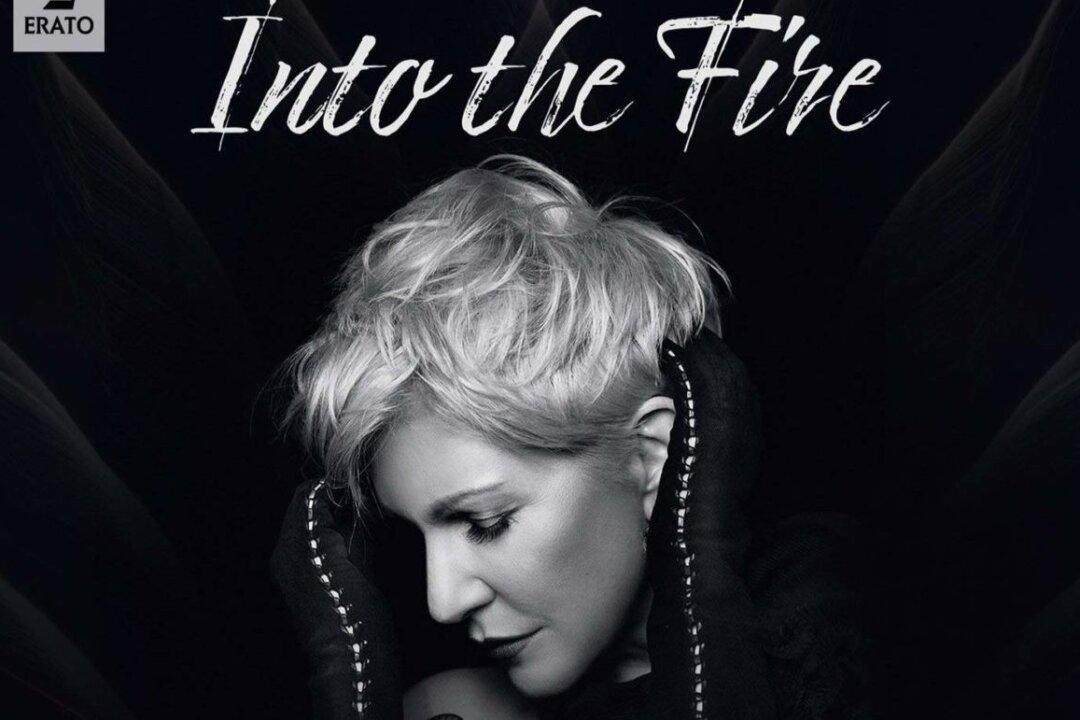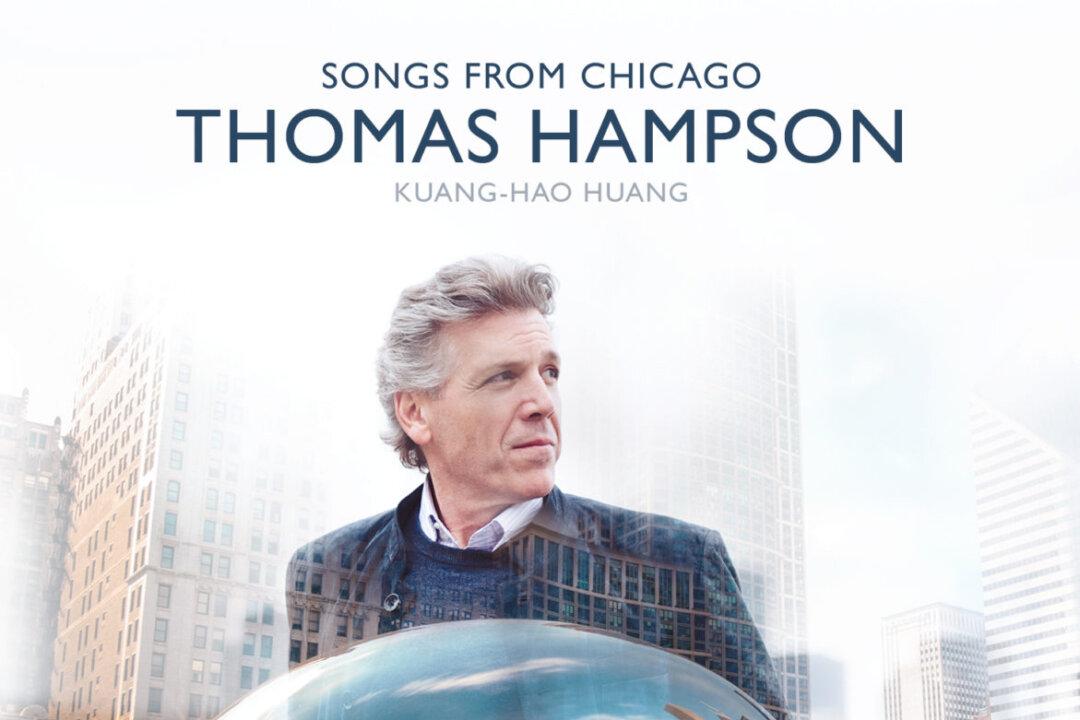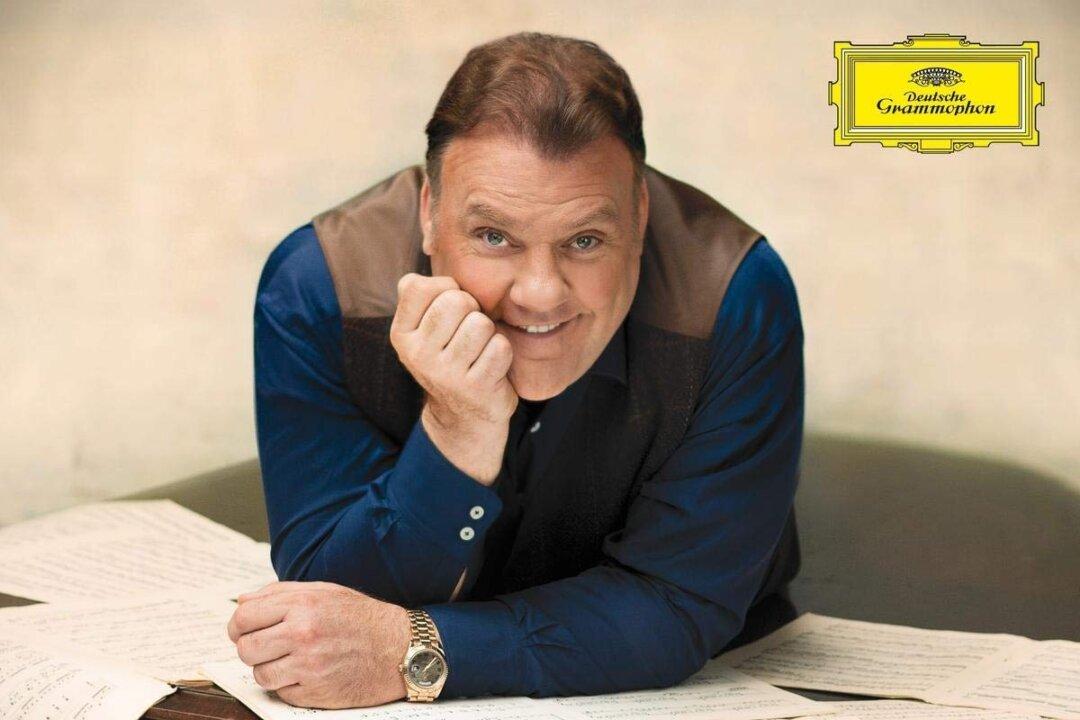The Siberian baritone Dmitri Hvorostovsky has been a superstar since he won the Cardiff Singer of the World Competition in 1989 (beating out Bryn Terfel).
What distinguishes him? First of all, he has a distinctive voice, which he uses with musicality and extraordinary breath control. Second, he carefully delineates any character he plays, both visually and vocally. Third, he has matinee idol looks, tall with a mane of white hair.
Hvorostovsky scored a personal triumph last season at the Metropolitan Opera when, during a break from treatments for brain cancer, he played Count di Luna at three performances of “Il Trovatore.” He also gave a highly praised concert at Carnegie Hall.
Dmitri Hvorostovsky has a distinctive voice, which he uses with musicality and extraordinary breath control.






